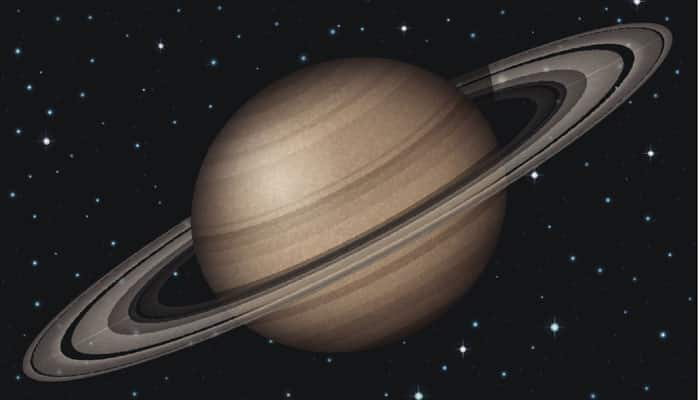Washington: A new study from NASA's Cassini mission has suggested that many features thought to be discrete jets of material erupting from Saturn's moon Enceladus might be phantoms created by an optical illusion.
Based on simulations, researchers determined eruptions of fine, icy particles from the moon's south polar region are better explained as diffuse curtain eruptions extending along the length of prominent fractures than the discrete jets identified in earlier studies.
Lead author Spitale said that most of the observed activity represents curtain eruptions from the 'tiger stripe' fractures, rather than intermittent geysers along them, adding that some prominent jets likely are what they appear to be, but most of the activity seen in the images can be explained without discrete jets.
In analyzing Cassini's images of the eruptions on Enceladus, Spitale and colleagues took particular note of the faint background glow present in most images. The brightest eruption features, which appear to be discrete jets, look to them to be superimposed intermittently upon this background structure.
The researchers modeled eruptions on Enceladus as uniform curtains along the tiger stripe fractures. They found that phantom brightness enhancements appear in places where the viewer is looking through a "fold" in the curtain. The folds exist because the fractures in Enceladus' surface are more squiggly than perfectly straight. The researchers think this optical illusion is responsible for what appear to be individual jets.
The viewing direction plays an important role in where the phantom jets appear, Spitale noted, adding that if you rotate your perspective around Enceladus' south pole, such jets would seem to appear and disappear.
Phantom jets in simulated images produced by the scientists line up nicely with some of the features in real Cassini images that appear to be discrete columns of spray. The correspondence between simulation and spacecraft data suggests that much of the discrete-jet structure is an illusion, according to the researchers.
The study appears in the journal Nature.
















